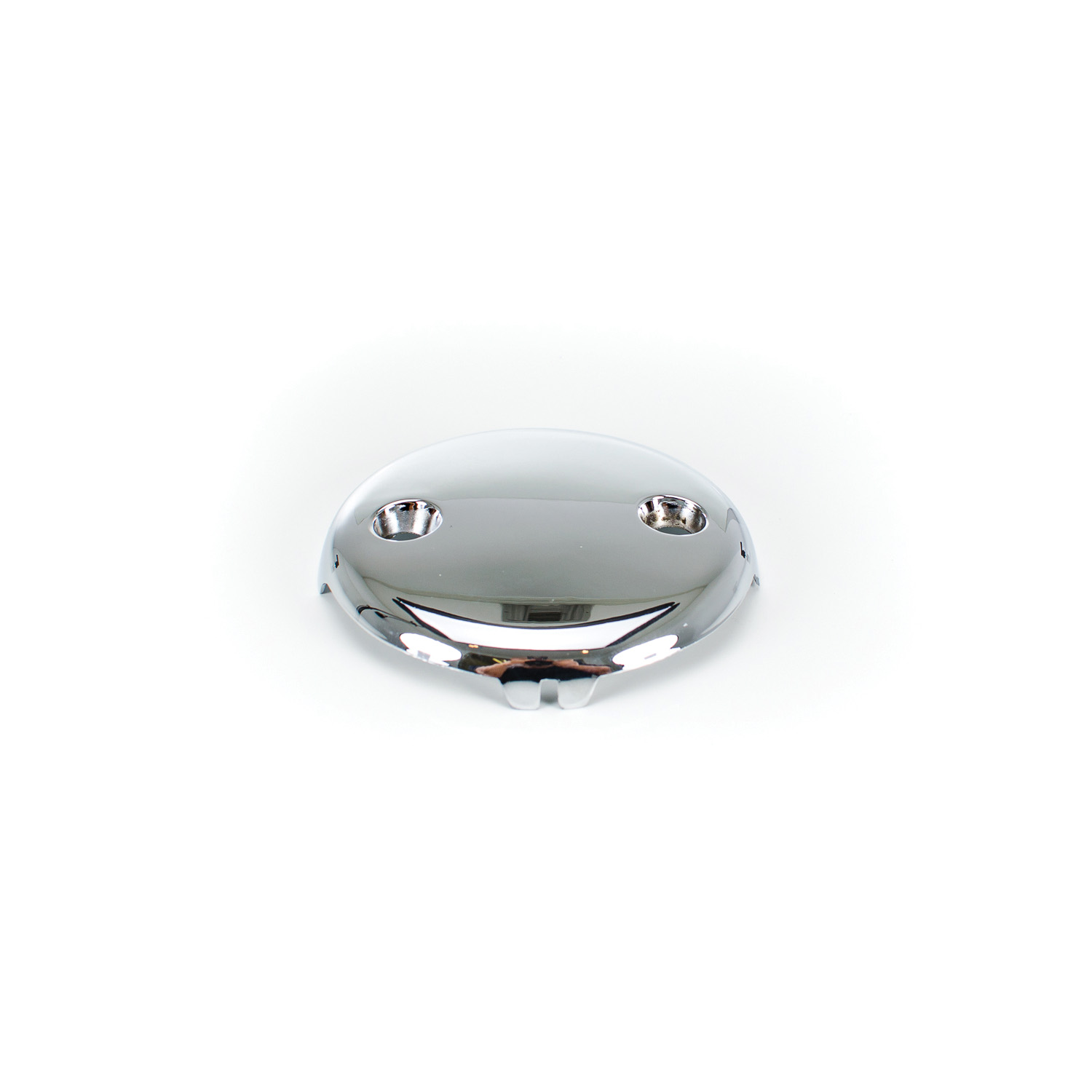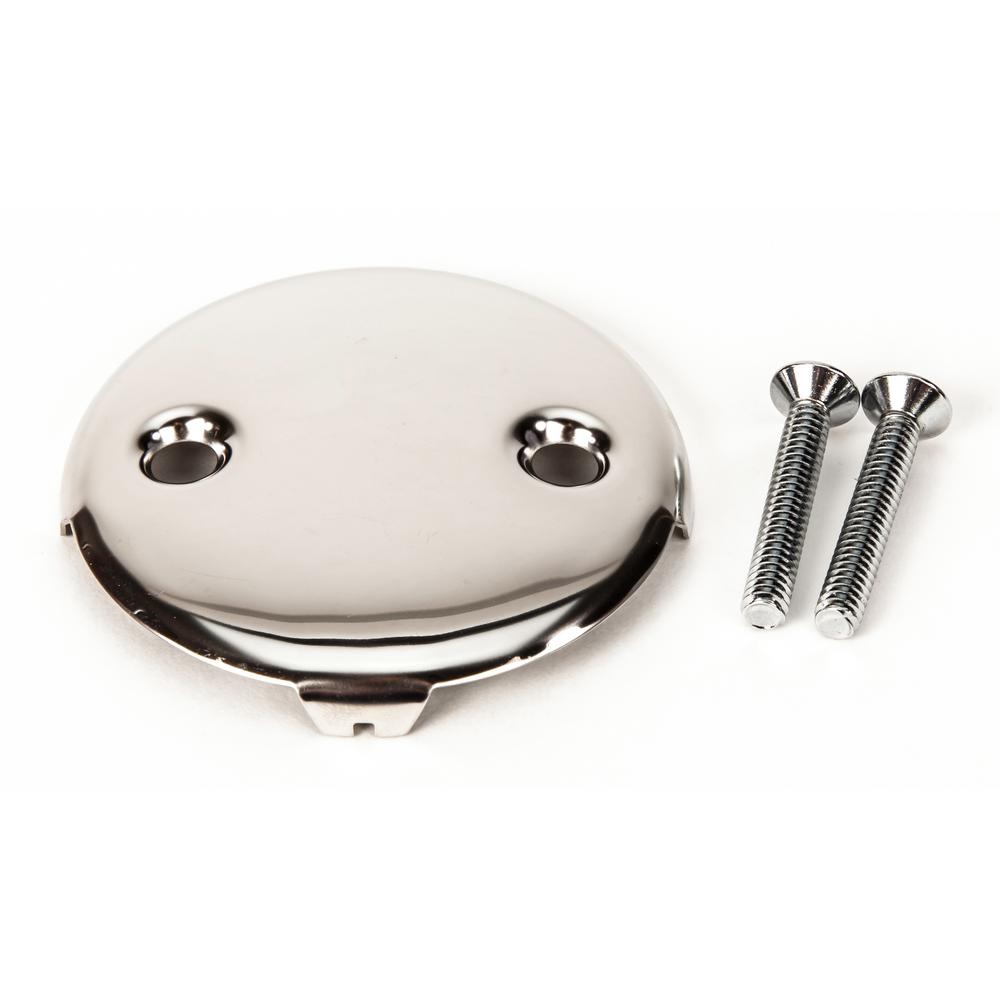


The overflowing water will then divert excess water into the drainpipe beneath allowing you to act before the water begins to spill over. If you have a plumbing issue or someone leaves the tap on by accident, the water level in the sink will continue to rise until it reaches the overflow hole. In the event that the stopper becomes dislodged, the water will be able to escape through the overflow hole instead of flooding out of the sink and onto the floor. It is important to have an overflow in your bathroom sink because it can prevent the sink from overflowing. It prevents the sink from overflowing onto the flow The overflow in the bathroom sink is there to serve two main purposes: 1. What Is The Purpose Of Overflow In Your Bathroom Sink? The sink basin and overflow both empty into the same drain pipe but unlike the basin hole which can be closed or covered, the overflow hole is always open to allow air into the system and prevent a vacuum from forming. The water then flows down the drainpipe and out of your home. When too much water accumulates in the sink, it will flow over the overflow hole and into the overflow pipe or tube. The overflow pipe is usually hidden and runs along the back of the sink. The sink overflow has an overflow pipe or tube connecting the hole to the drainpipe beneath the sink. How Does The Bathroom Sink Overflow Function? By knowing how the overflow works, you can be sure to avoid any water damage in your home. If too much water accumulates in the sink, it will flow over the overflow hole and into the drainpipe beneath. The overflow is used as a secondary drainage system to prevent the sink from overflowing. If you cannot find a hole, it is likely that your sink does not have an overflow protection. On some sinks, it can be located towards the front of the sink or even the side. You can tell if your bathroom sink has an overflow hole by looking for a small hole beneath the faucet towards the back of the sink. A bathroom sink overflow is one thing that a lot of people don’t think about.


 0 kommentar(er)
0 kommentar(er)
